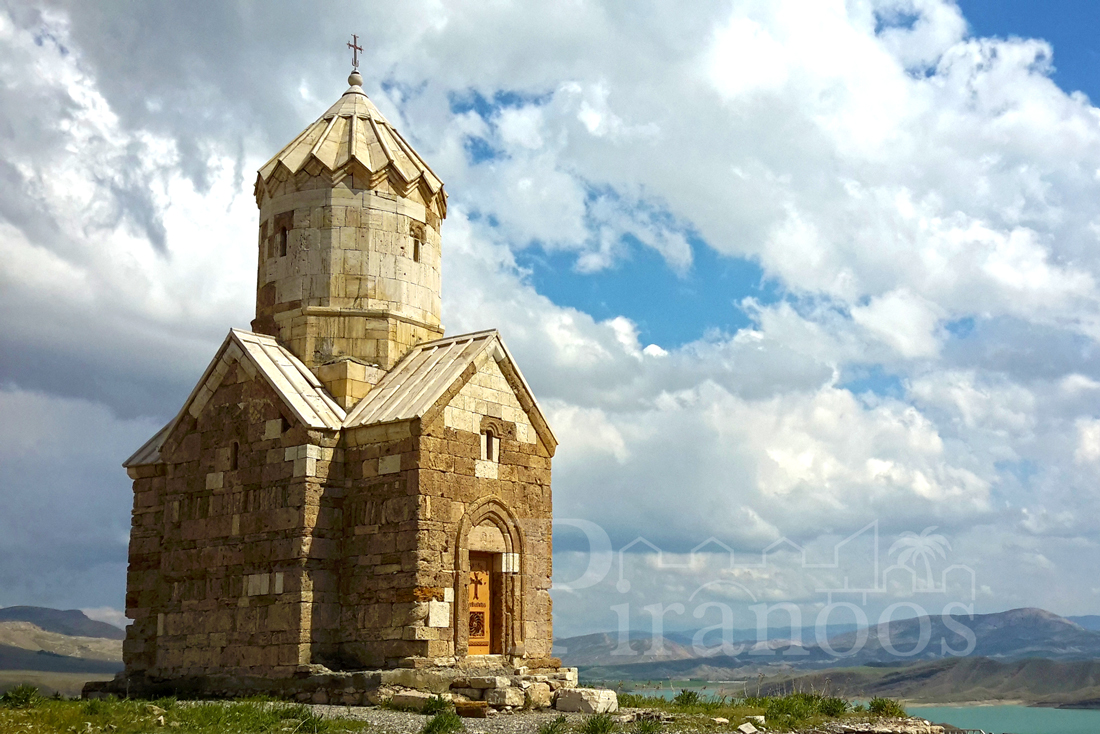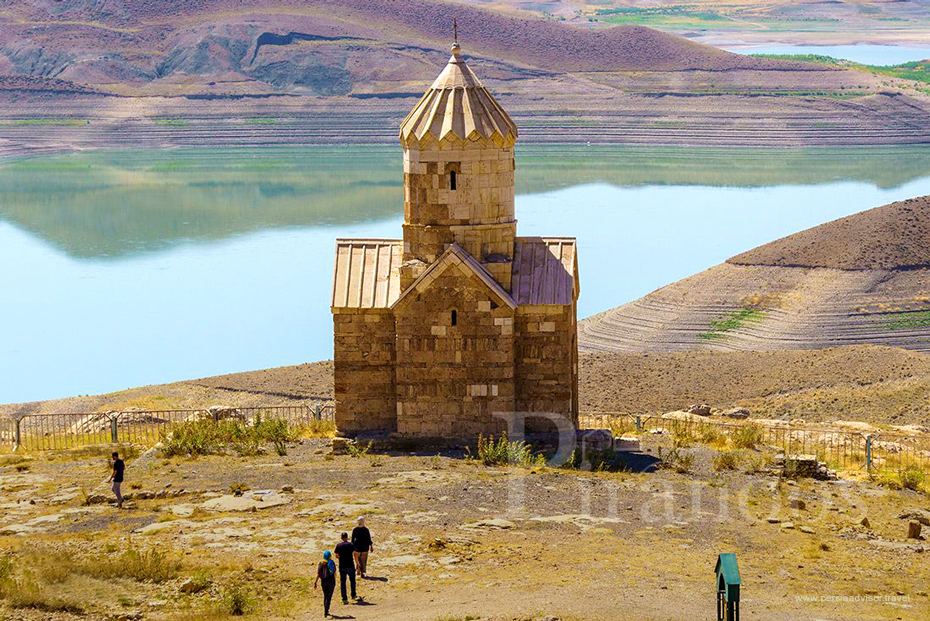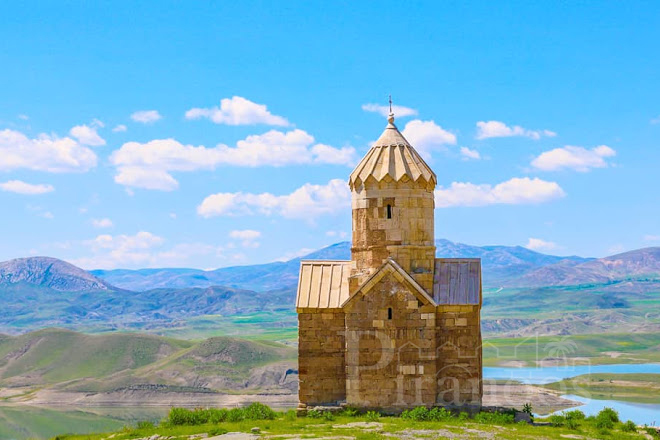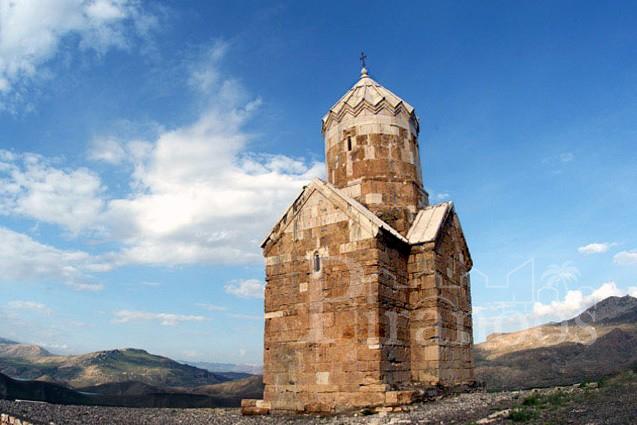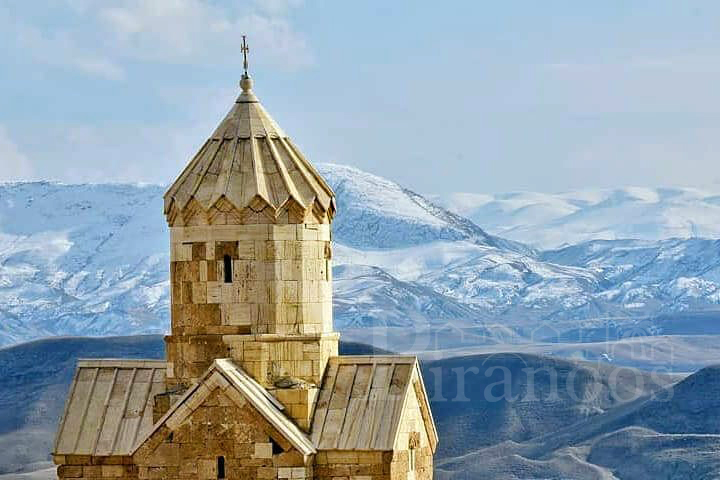Maku city is located in northwestern Iran in West Azarbaijan province. Aside from Maku’s ancient civilization and many historical monuments, its natural beauty such as beautiful rivers, springs, caves, waterfalls along with good weather, makes this city tourism attraction of the northwest of the country.
St. Mary’s Church, also called the Chapel of Dzordzor, is one of the most spectacular monuments of Maku. The church’s name was originally Dzordzor, because it used to be under the supervision of the famous painter: Hovans Yerz who was known as Dzordzortzi.
The Chapel of Dzordzor was built by the Archbishop of St. Thaddeus, named Zechariah, and became one of the centers of religious, cultural and literary education. Thus, for many years, the Chapel of Dzordzor became a religious center and continued to operate until the early 17th century during the Iran-Ottoman wars but from then on it remained abandoned and obsolete.
The appearance of this church is very simple but very beautiful; its name is on the list of national monuments of Iran and has attracted worldwide attention because it is listed on the UNESCO World Heritage List.
This church, which is cruciform, like other Armenian churches of that period, was built with carved stones of various sizes. The color of the church facade is light brown and the carved stones of the exterior of the Church of Dzordzor are beautifully polished and smooth. No mortar was used to attach these stones, and the creators of the building carved the stones in such a way that the two stones were fastened together. The roof of the church ends with hexadecane dome that shows the brilliant art of its architects.
The Chapel of Dzordzor is the only Iranian monument that is not in its original place and has been moved once.
In 1988, because of the Baroon Dam flooding, the Chapel of Dzordzor was in danger of being destroyed and drowned, and the Cultural Heritage Organization of Iran and the Armenian experts, in a commendable work, moved such a beautiful building stone to stone and brick to brick, elsewhere. But not only was not damaged during the transfer, but its original appearance was completely preserved. After the church was moved, parts that had been damaged in the previous place were restored to preserve its shape.
